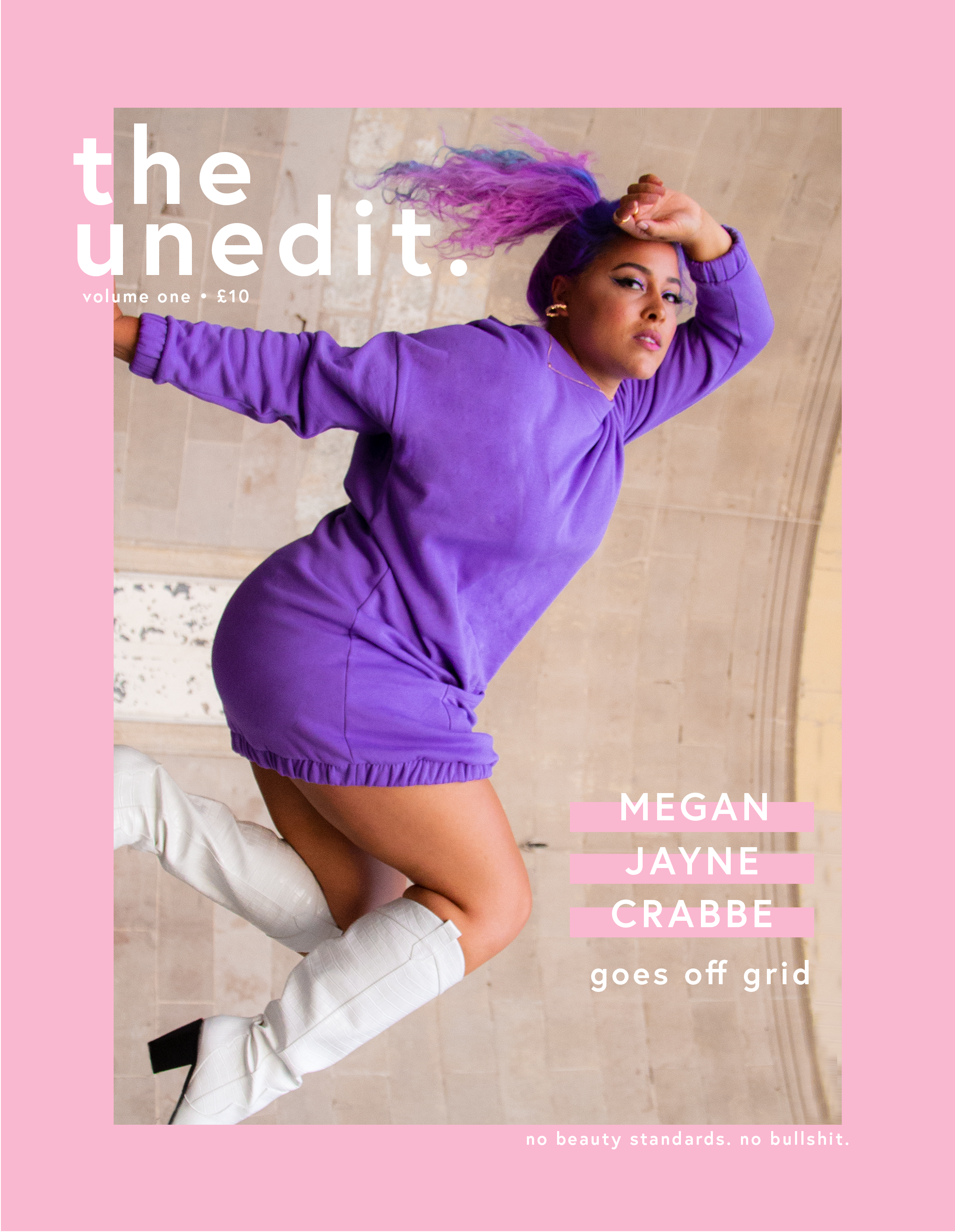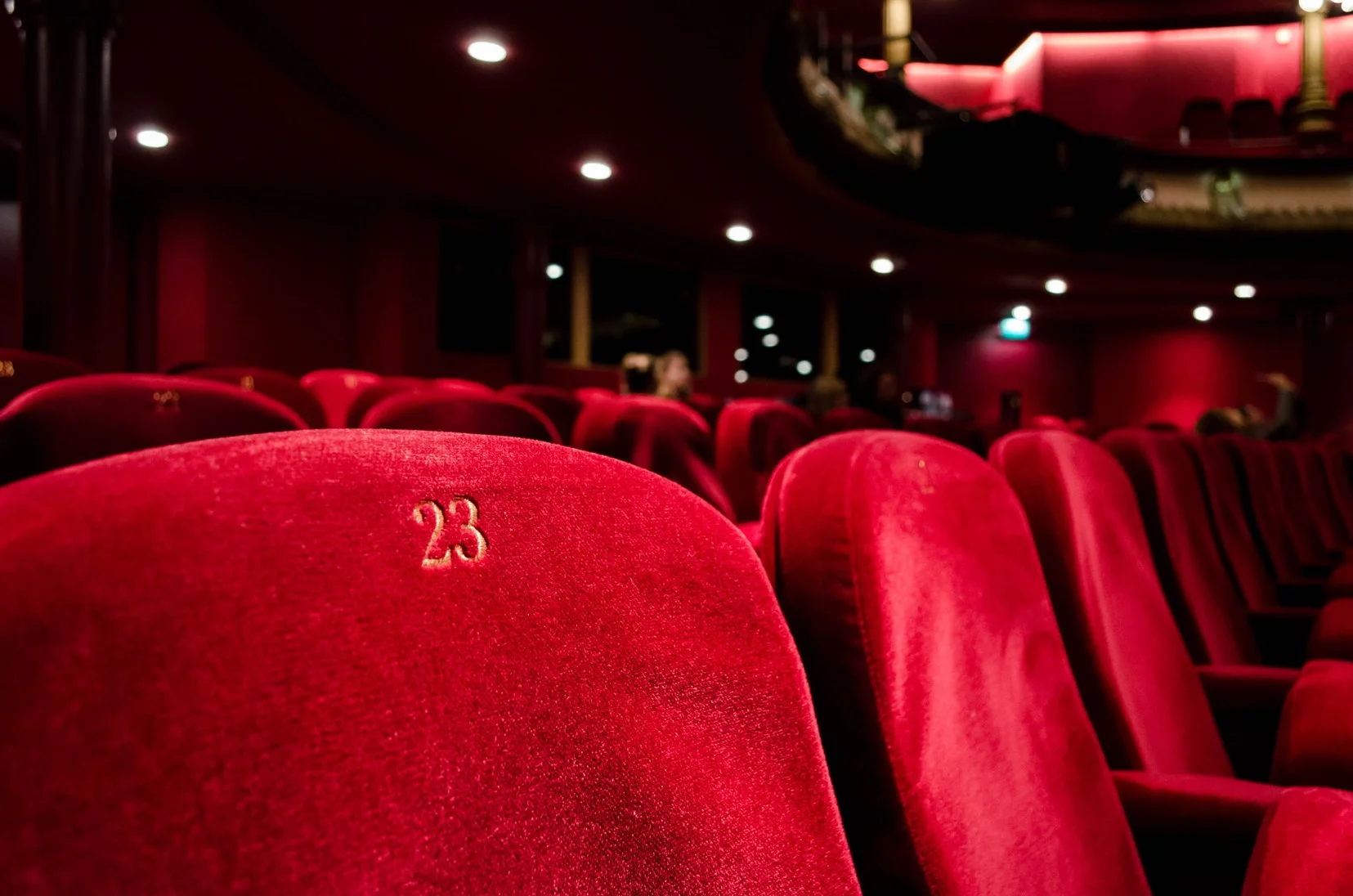7 Tests (That Aren’t The Bechdel Test) That Measure Movies For Gender Equality And Representation
Representation matters, and whilst it’s not a new concept, it’s one that seems to be a bitter pill to swallow sometimes in Hollywood. With whitewashed awards seasons and male-heavy casts, there’s still a large problem with gender equality and intersectionality in the movie industry. The Bechdel Test was created and introduced back in 1985 by Alison Bechdel, who explored the inclusion of female characters in films with the help of three (very basic) criteria. To pass the Bechdel Test, the movie has to have at least two female characters — named characters, mind you — who talk to each other about something other than a man. Easy peasy, right? Well you’ll be surprised to know that a very large percentage of even the latest blockbusters fail the test, Mission Impossible: Fallout, Solo: A Star Wars Story, and Deadpool 2 included. However, the Bechdel Test comes under regular criticism because even some of the most un-feminist of movies (*cough* American Pie 2) have passed, so we’ve found some other tests that look further into female representation and racial intersectionality for your consideration.
1. The Duvernay Test
Girls Trip passes the DuVernay Test | Source: GIPHY
Founded by: Manohla Dargis (named after Ava DuVernay)
Coined as the Bechdel Test for race, to pass the DuVernay Test, an African American character — or a character of another minority — must have ‘fully realised’ lives, with their own desires, rather than serving as background characters (see: the black friend) for white plotlines.
2. The Waithe Test
Hidden Figures passes the Waithe Test | Source: GIPHY
Founded by: Lena Waithe
Waithe’s criteria focuses solely on the representation of the black woman, a character which is all too often stereotyped. To pass the Waithe Test, the film has to feature a black woman who exists within a position of power and is in a healthy relationship.
3. The Villalobos Test
Though not a film, Jane The Virgin passes the Villalobos Test | Source: GIPHY
Founded by: Ligiah Villalobos
The Villalobos Test focuses on representation for Latina women and fighting common stereotypes. Firstly, there must be a Latina lead, and subsequently the lead — or another Latina character — must be shown as professional or college educated, as well as speaking unaccented English, and must not be sexualised (as a key character trait).
4. The Ko Test
Moana passes the Ko Test | Source: GIPHY
Founded by: Naomi Ko
Ko’s criteria opens up a broader conversation around intersectionality and gender equality in film. To pass, the movie must feature a non-white, female-identifying person who has lines in at least five scenes, and speaks English.
5. The Peirce Test
Finding Dory passes the Peirce Test | Source: GIPHY
Founded by: Kimberly Peirce
The Peirce Test focuses on the depth of female characters, with criteria being as follows: There must be a female character (protagonist or antagonist) with her own story, who has dimension and exists in an authentic way, showcasing her needs and desires which she ultimately pursues (creating action). In addition, the viewer has to also be able to understand or empathise with her and her needs/actions.
6. The Villarreal Test
Bad Moms passes the Villarreal Test | Source: GIPHY
Founded by: Lindsey Villarreal
This test is slightly more complex in its ways. A film is immediately failed if a leading female character is introduced in the film as a typical female stereotype. This includes her being sexualised, cold or heartless, or being presented as a matriarch. However, a film that fails this first criterion can salvage itself, provided that it passes with at least three of the following four things: she must have a career with a position of authority or power, be a mother, be reckless (or makes bad decisions), or be sexual/create or choose their own sexual identity.
7. The Landau Test
Ghostbusters passes the Landau Test | Source: GIPHY
Founded by: Noga Landau
The criteria for the Landau Test focuses more on what a film shouldn’t have. A film fails if: a main female character ends up dead, pregnant, or if she causes a plot problem for a male protagonist.
It’s truly difficult (may I say it, nigh impossible, even) to find a film that nails every single one of these tests, but films that pass several of the above indicate that they’re making strides in the fight for representation. As these kinds of tests evolve, we can only be hopeful that accurate and equal representation evolves with them within the film industry.















